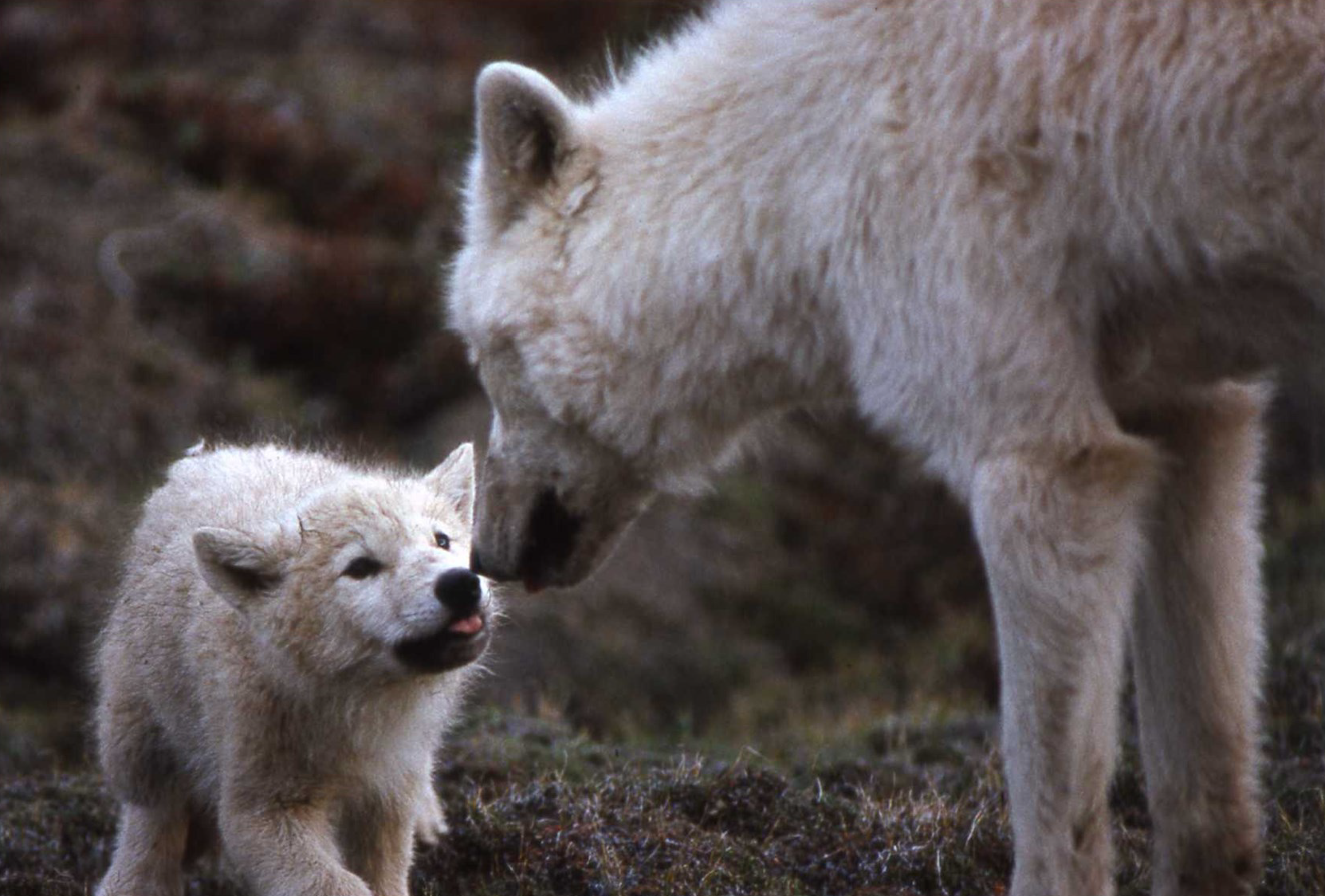In the summer of 1986, biologist L. David Mech crept over a hill on an island 500 miles from the North Pole and spotted a pack of white Arctic wolves. He’d spent days clambering over rocks and hiking across treeless ridges under 24-hour-daylight searching for a den. Few if any scientists had ever studied wolves at their dens. Mech had devoted nearly three decades to wolves, but rarely eavesdropped from the ground and never at a den. Now, 200 meters from his mattress, he counted one, two, three, four, five, six. Six five-week-old pups, along with seven adults, all unfazed by him and his ATV.
“It was the highlight of my life,” Mech later wrote in a National Geographic magazine. “After twenty-eight years, I had finally scored the Big One.” This marked the beginning of a renaissance in wolf biology that continues to this day; a renaissance that’s crept out of the Arctic and into wild and urban areas around the world.




